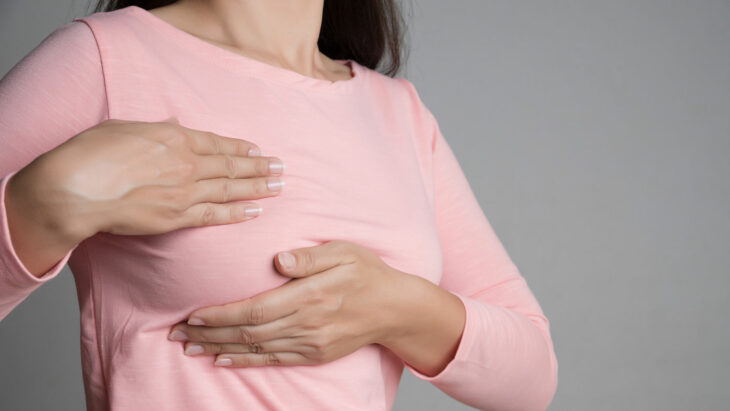October is Breast Cancer Awareness Month, making it the perfect time to talk about breast self-exams. If you’re confused about whether you should be checking your breasts regularly, you’re not alone.
Research suggesting that self-checks don’t increase survival rates from breast cancer has led some physicians to stop recommending them. Many doctors maintain that breast self-exams are a useful tool for early detection. I recommend them to my patients, along with annual mammograms starting from age 40 onward or earlier if you’re at high risk.
Breast cancer accounts for one in three cancers in women each year in the United States, according to American Cancer Society statistics. It is the most common female cancer after skin cancer. The rates continue to rise, particularly in women younger than age 50.
Given those numbers, why not do everything you can to catch it early? If you are already performing regular self-checks at home, well done. If you want to start, or if you need a refresher on how to do them correctly, let’s delve into it.
Breast self-checks involve looking and feeling for changes in your breasts. The more familiar you are with your own breasts, the greater the chance of noticing something that isn’t normal for you.
HERE’S HOW TO PERFORM A SELF-EXAM:
- Start by looking for changes in shape, size or color in a mirror. This includes looking for any nipple discharge. Perform the visual inspection with your arms straight by your sides, and then with your arms raised.
- Feel your breasts for abnormalities while lying down, followed by sitting down or standing up. Use the first few finger pads of the opposite hand to press down in a circular motion or “up and down” vertically across the breast. Make sure to check the entire breast area.
- Vary the pressure to feel for lumps in the superficial skin and tissue layers through to the deep breast tissue. At the deep level, you should be able to feel your rib cage. Many women choose to perform the standing exam in the shower.
- If you feel something out of the ordinary, don’t panic. Most lumps are not cancerous, but you should have a doctor check them.
Dr. Lynsey Cox is a gynecologist at Ochsner Medical Center Hancock. Call (228) 255-8216 or visit ochsner.org to make an appointment or learn more.


